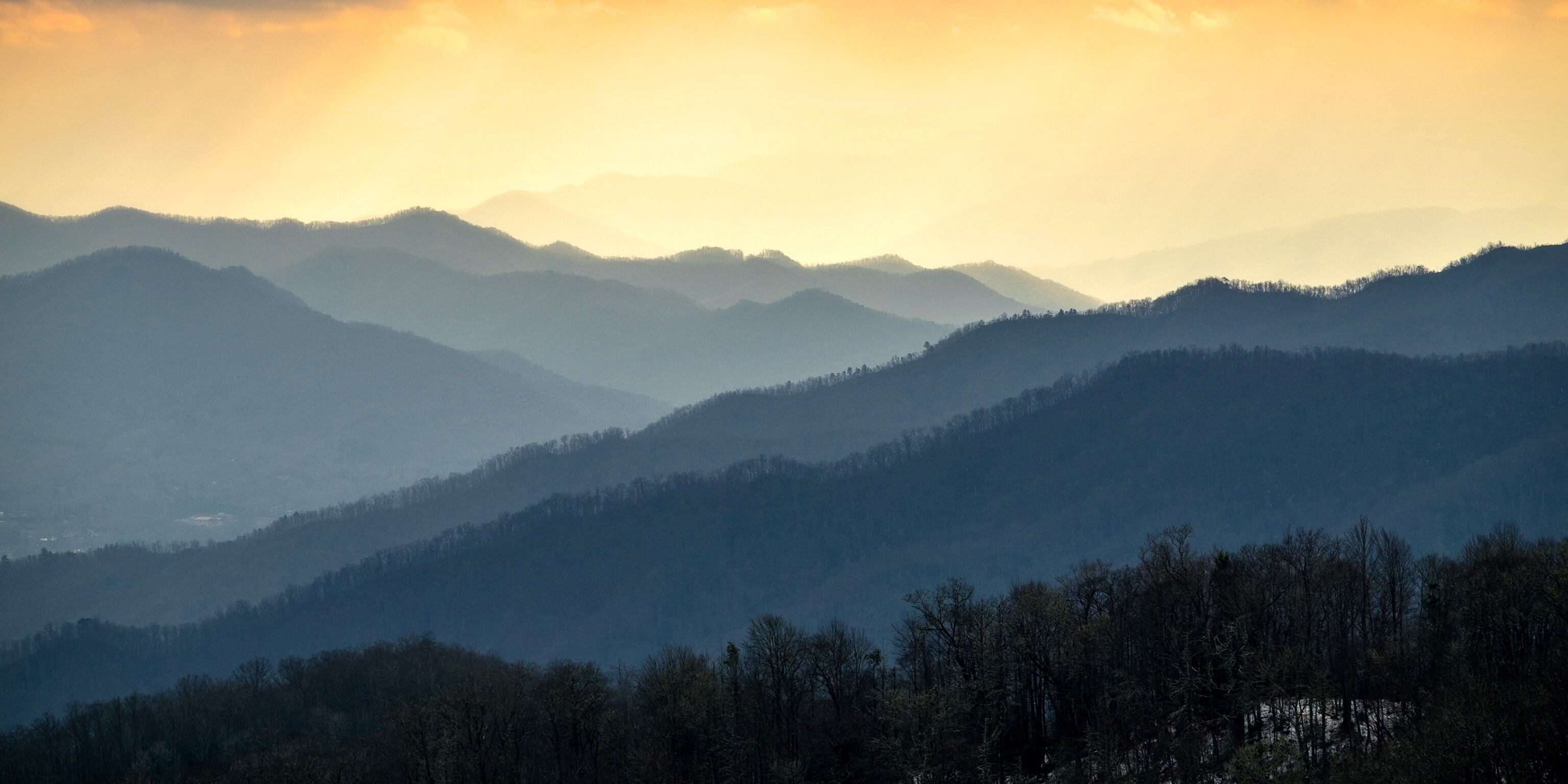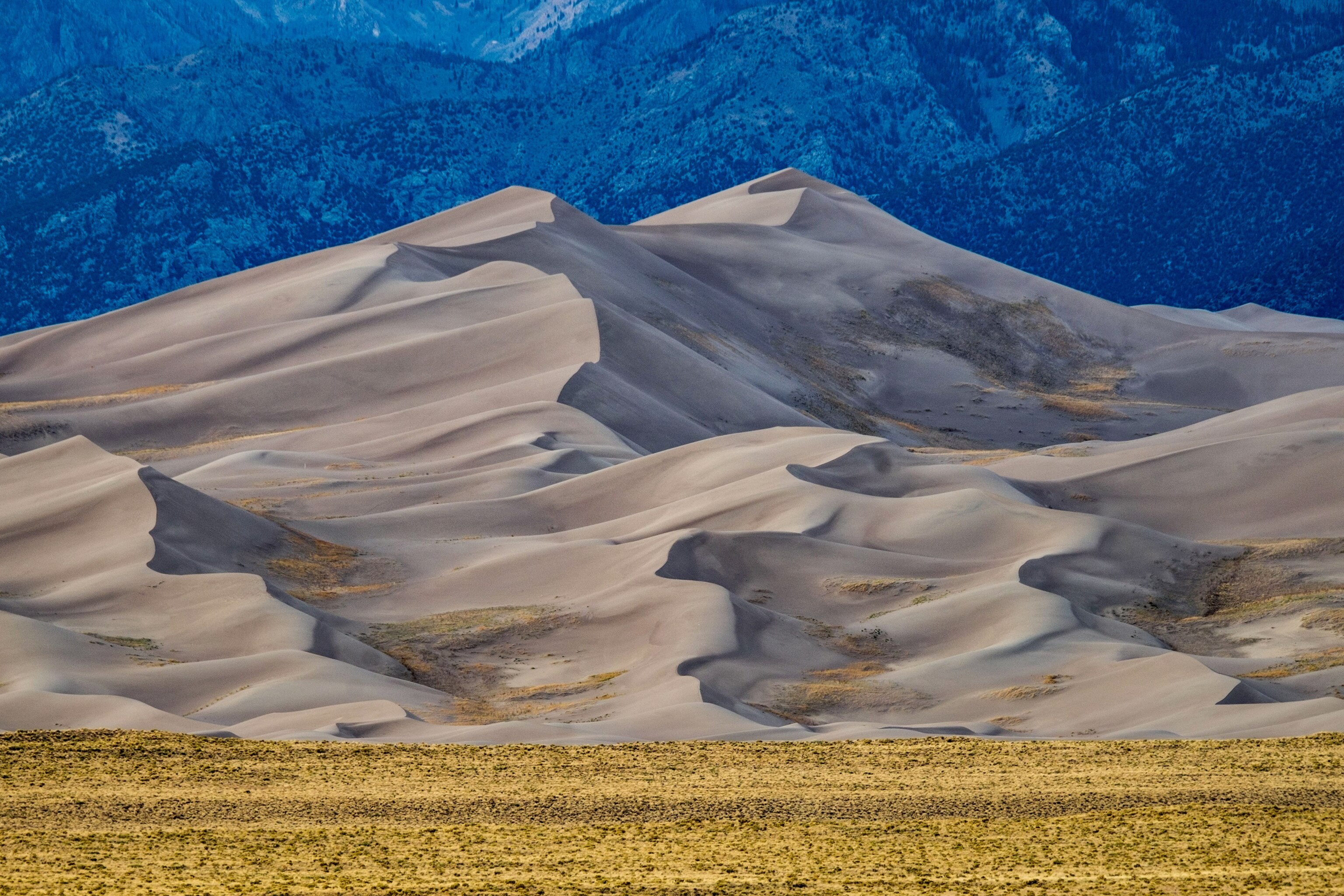
More Expensive National Parks May Threaten Access to Nature
The proposed entrance fee increase could price out minority and low-income Americans, experts warn.
Under a new proposal from the National Park Service, 17 of the most popular U.S. national parks could see entrance fees for weeklong passes increase from around $25 to $30 to $70 for a single private vehicle.
Fees would also increase to $50 per motorcycle and $30 per person on bike or foot. The near doubling in park fees is expected to generate an additional $70 million annually, which the NPS says would pay for the parks' neglected infrastructure.
Fee increases would go into effect during the five-month season that parks are most visited. The exact duration of these peak seasons vary by park but generally begin in late spring.
The following parks could expect to see a rate increase as soon as 2018: Arches, Bryce Canyon, Canyonlands, Denali, Glacier, Grand Canyon, Grand Teton, Olympic, Sequoia & Kings Canyon, Yellowstone, Yosemite, Zion, Acadia, Mount Rainier, Rocky Mountain, Shenandoah, and Joshua Tree.
“The infrastructure of our national parks is aging and in need of renovation and restoration,” said U.S. Secretary of the Interior Ryan Zinke in a press release. “Targeted fee increases at some of our most-visited parks will help ensure that they are protected and preserved in perpetuity and that visitors enjoy a world-class experience that mirrors the amazing destinations they are visiting."
But who those visitors might be could change as a result of an increased fee.
"For families that want to get out [to parks], that cost barrier is not just perceived, and it disproportionately affects families of color," said Gabe Vasquez. He's the New Mexico coordinator for Latino Outdoors, a group that helps Latino communities get outside.
His organization has already had to restrict park visits that require groups to pay as little as five dollars per person. For the groups of 20 or 30 families they take on hikes and archaeological walks, the collective price is too expensive for one small nonprofit.
"People can't afford $25 every time they want to go hiking," he said. "It erodes this definition of public."
A Legacy of Exclusion?
Communities of color have been historically underrepresented at national parks. Whether barred by the cost of reaching and entering parks or deterred by a sense that they don't belong, minorities are consistently only a fraction of annual park attendance.
It's an issue the NPS has tried to address through its Urban Agenda, a project that aims to bring groups living in urban areas to national parks.
"We have a definite diversity issue," Michael Reynolds, the former associate director for NPS workforce and inclusion told writer Tik Root in an article for National Geographic. (Read more of Root's reporting on diveristy in National Parks.)
Community groups around the nation have attempted to counterbalance this inequity by organizing hikes and activities in accessible national parks. Now they worry a doubled entrance fee could impact this work.
"This would be yet another obstacle for us to fight," said Teresa Baker. In her free time, Baker helps run the African American Nature and Parks Experience, an organization that brings communities of color to national, state, and local parks as a means of spreading passion for conservation.
She's torn, she said, because she's seen firsthand the maintenance needed in many national parks. Trails are often neglected or have been closed for years because parks simply don't have the bandwidth to maintain them, but by raising entrance fees— "I just don't think this is the way to do it."
For many, the rate increase represents more than a slightly more expensive day at the park. It contradicts the very reason the parks were established.
Robert Hanna is the great-great-grandson of conservationist John Muir and a vocal advocate for national parks.
"I truly believe that our country's responsibility is to see to it that our parks are accessible to anyone at any time," said Hanna.
"This certainly isn't intended to change visitation," said Jeremy Barnum, an NPS spokesperson. He said the rate was determined by looking at historic entrance fees. Mt. Rainier, for example, cost five dollars to enter in 1808, a price that amounts to $120 in today's dollars. He also noted that of the 417 parks that belong to the NPS, only 118 charge fees and the increase would only apply to the busiest parks that already generate the most revenue.
"I think a lot of families are much more likely to spend money on travel costs and lodging," said Barnum.
Impact on Local Business?
But Hanna warns that local businesses could potentially be impacted if park visitors do decline in the wake of higher fees.
Rural towns that surround national parks benefit economically from tourists who visit the park. A report published by the NPS noted that, in 2016 alone, park visitors contributed about $18.4 billion to the economic regions surrounding parks. More than half of this spending came in the form of hotels and restaurants. It's nearly double the $14 billion tourists generated in 2013.
Parks, however, are in dire need of funding. In May, the administration proposed a $2.55 billion budget for fiscal year 2018, and in a statement about the funding, Zinke noted an eagerness to tackle the park system's extensive maintenance backlog.
Proponents of Zinke's proposal noted that a 2015 increase in entrance fees did not reduce park visitors, and in fact, the NPS saw record park attendance in 2016.
Alan Spears is the director of cultural resources at the National Parks Conservation Association. He said he's not too concerned about how fees would impact destinations like the Grand Tetons that are already costly to reach for those who don't live near the park.
For parks more easily traveled to, "We are concerned that it's going to have an impact," he said.
While he objects to raising park entrance fees to compensate for budget shortfalls, he recommends that those who are unable to afford $70 visit the number of other local and state parks that are still free.
The NPS is encouraging public comment on the proposal here.
You May Also Like
Go Further
Animals
- Behind the scenes at America’s biggest birding festivalBehind the scenes at America’s biggest birding festival
- How scientists are piecing together a sperm whale ‘alphabet’How scientists are piecing together a sperm whale ‘alphabet’
- Orangutan seen using plants to heal wound for first timeOrangutan seen using plants to heal wound for first time
- What La Palma's 'lava tubes' tell us about life on other planetsWhat La Palma's 'lava tubes' tell us about life on other planets
Environment
- The northernmost flower living at the top of the worldThe northernmost flower living at the top of the world
- This beautiful floating flower is wreaking havoc on NigeriaThis beautiful floating flower is wreaking havoc on Nigeria
- What the Aral Sea might teach us about life after disasterWhat the Aral Sea might teach us about life after disaster
- What La Palma's 'lava tubes' tell us about life on other planetsWhat La Palma's 'lava tubes' tell us about life on other planets
- How fungi form ‘fairy rings’ and inspire superstitionsHow fungi form ‘fairy rings’ and inspire superstitions
History & Culture
- This thriving society vanished into thin air. What happened?This thriving society vanished into thin air. What happened?
- These were the real rules of courtship in the ‘Bridgerton’ eraThese were the real rules of courtship in the ‘Bridgerton’ era
Science
- Is the 5-second rule true? Science finally has an answer.
- Science
- Gory Details
Is the 5-second rule true? Science finally has an answer. - E-bikes are good for the environment—but what about your health?E-bikes are good for the environment—but what about your health?
- Why trigger points cause so much pain—and how you can relieve itWhy trigger points cause so much pain—and how you can relieve it
Travel
- The best LGBTQ-friendly destinations for every travelerThe best LGBTQ-friendly destinations for every traveler
- 6 of the best active pursuits on Cape Cod and the Islands
- Paid Content
6 of the best active pursuits on Cape Cod and the Islands - The key to better mindfulness may be your public gardenThe key to better mindfulness may be your public garden

































































